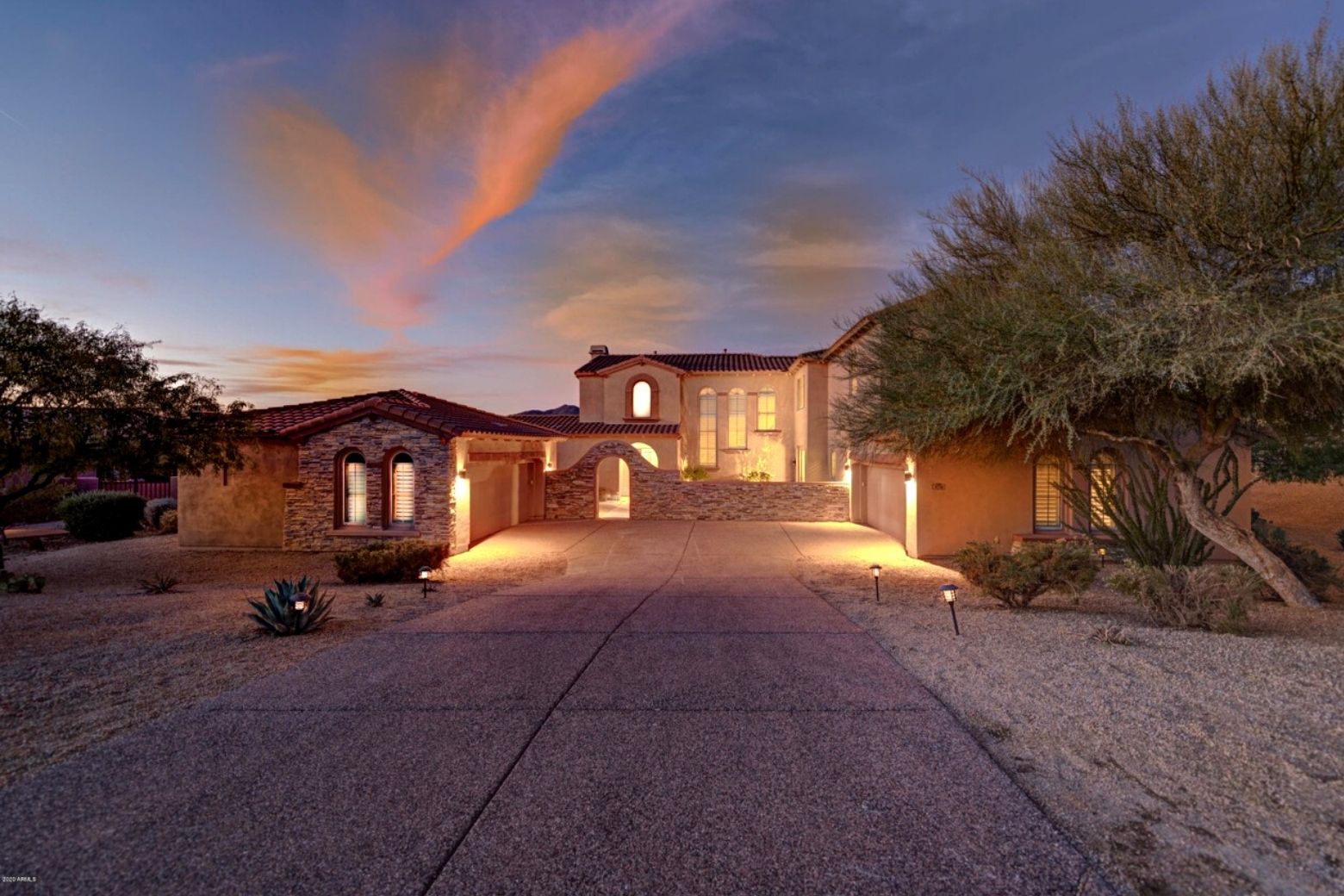David Simkins Understands the Power of Tech-Driven Real Estate
5 Steps to Host a Great Virtual Open House
How many of us remember the bright lights of Blockbuster in our neighborhood? It was the place to be every weekend. Back then, Blockbuster was three times larger than its closest competitor and a cultural touchstone.
While Blockbuster ate up its competition, a small company called Netflix was building a platform that didn’t require you to leave your house to watch your favorite movie. In time, Blockbuster went out of business and Netflix became the megalith it is today.
Technology and customer expectations are changing the game for almost all industries, real estate included. Innovation has clearly become the key to not only survive, but also to succeed. Advanced technologies like virtual open houses are necessary to nearly every industry and real estate is no exception.
Learning how to host a virtual open house is at the forefront of a major shift in the way real estate agents do business. After all, agents know that a successful open house can be the key to a sale, and so is a newly renovated house.
Curbio makes it move
According to BMO’s “Psychology of House Hunting” report, 80% of buyers decide whether a house is right for them within seconds of entering the property for the first time. On top of this, 77% of buyers won’t consider a home that isn’t move-in ready. This is where Curbio comes into play.
Curbio specializes in transforming properties into move-in ready homes that home buyers are looking for. We work with agents and sellers to create homes that achieve a higher sale price and profit for sellers. The homes we renovate satisfy demand for move-in ready homes, while also providing great value for buyers. Now more than ever, pre-sale renovation is critical. Both for sellers who want to sell quickly and maximize profit and for agents who want to build a strong pipeline.
Buyers aren’t leaving their homes as much during the pandemic, so it has become even more important to understand how to host and promote a virtual open house. Here are 5 Steps to Host a Great Virtual Open House.
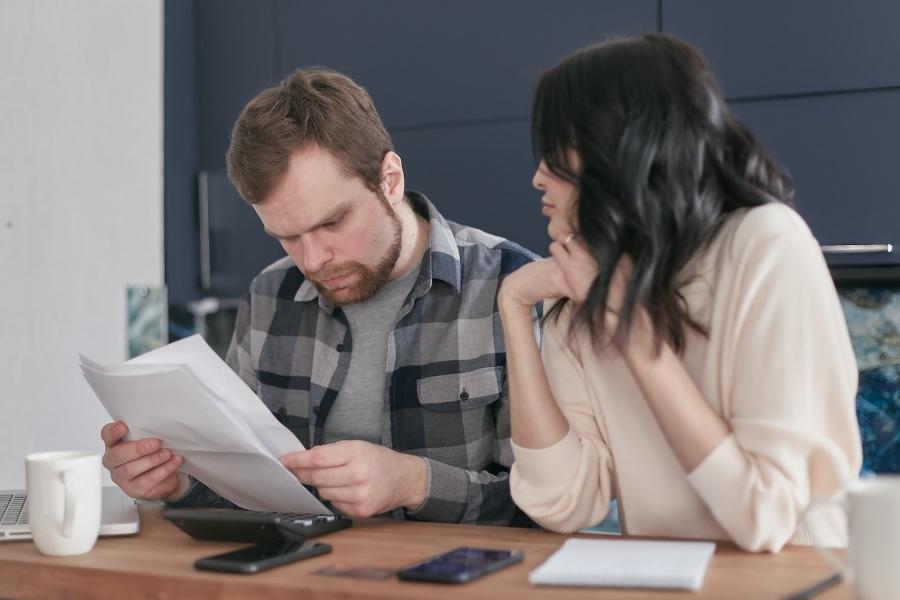
Step One: Choose Your Platform for Your Virtual Open House
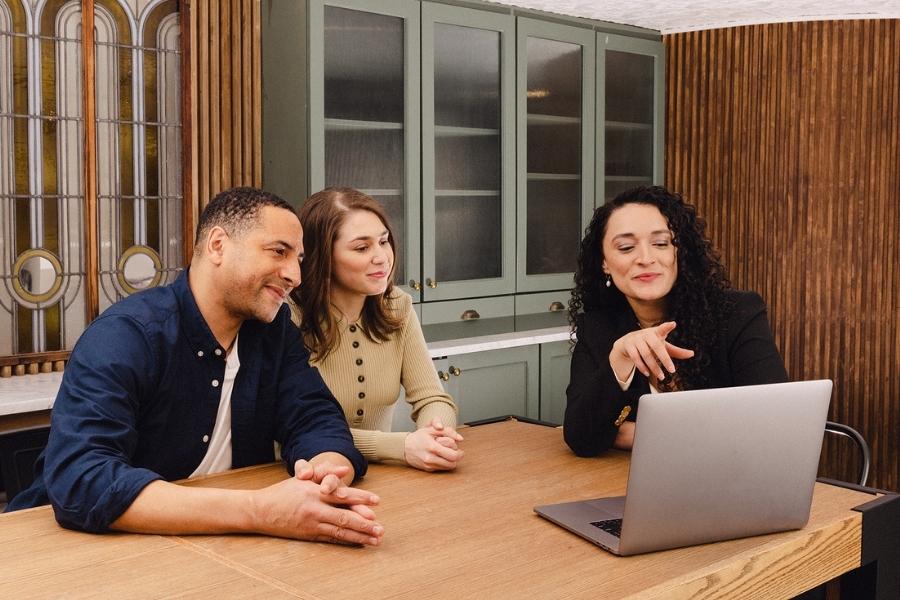
There are a few different ways to host a virtual open house:
- You can record a tour of the house on your smartphone and host a virtual walkthrough LIVE on a social media platform like Facebook/Instagram, Google Hangouts, or Zoom. This allows a real-time “live experience” and provides natural engagement, making it the closest alternative to a traditional open house. But if you’re not used to or comfortable being on camera, let alone “live” – this option can be a bit daunting.
- The other option is to record beforehand and then stream your footage during the virtual open house. Either way, it’s important to spend time on your tour. A virtual open house should take time, similar to a traditional live open house. We’d recommend around 10-20 minutes of streaming (depending on the size of the house).
- Finally, a more high-tech option is to set up a 3D tour. For this option, a video technician uses a 3D camera to capture images of the home. The photos are then uploaded into a software program that turns the visuals into three dimensions, creating a 3D virtual tour.
Step Two: Preparation
When hosting a virtual open house, there are new variables to consider, like recording, technology, internet bandwidth – so it’s important to prepare ahead of time.
- Make sure to do a dry run to ensure you understand the house layout, special features you want to highlight, areas to avoid and more.
- Create an outline of talking points. If you plan to stream your open house live, these will come in handy. After all, you might feel more stress “live” than you would otherwise.
- Don’t forget to test all of your technology. Make sure you understand how to use your camera, have a solid Wifi connection, etc.
Step Three: Promote Your Virtual Open House
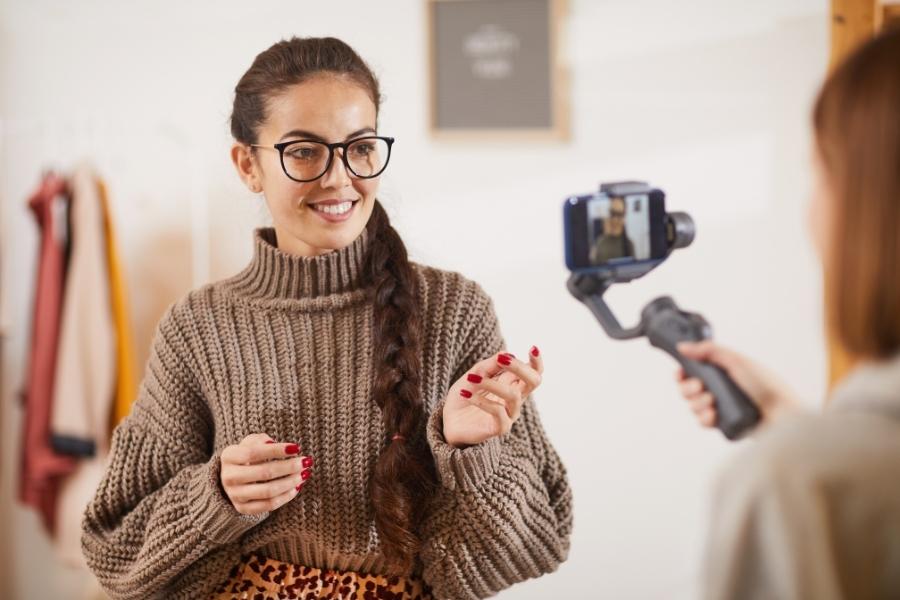
Promote your virtual house the same way you would promote a traditional open house. Through the local MLS, in email blasts and via social media. Make sure to leave enough time for buzz to build.
Step Four: Virtual Tour–Day of
Before you start actually recording or streaming, make sure to turn on all the lights in the house. Start your tour outside so that people can see the the yard and neighborhood. Once you start taping or streaming, introduce yourself! Thank the viewers for joining you and encourage interaction via comments or questions online. Try to be as casual and fun as possible. The camera can be difficult to get used to in the beginning, that’s the learning curve. But the more virtual tours you do, the more practice you’ll get and the better your performance.
A Few Tips:
- Remember to hold your camera horizontally so that your audience has a wider angle and more viewing opportunity.
- Ideally, you can have a friend or colleague hold the camera so you can just focus on engaging with your audience.
- Have a friend tune in to the tour and plant some questions for you. Sometimes, an audience just needs someone to get the ball rolling.
After the tour is complete, open the floor to questions.
Step Five: Repurpose Content for Ongoing Promotions
Once you finish your livestream, make sure to download your video so that you can use it for additional promotional opportunities. You can now take that video, edit it and use it for your website, Facebook, and YouTube.
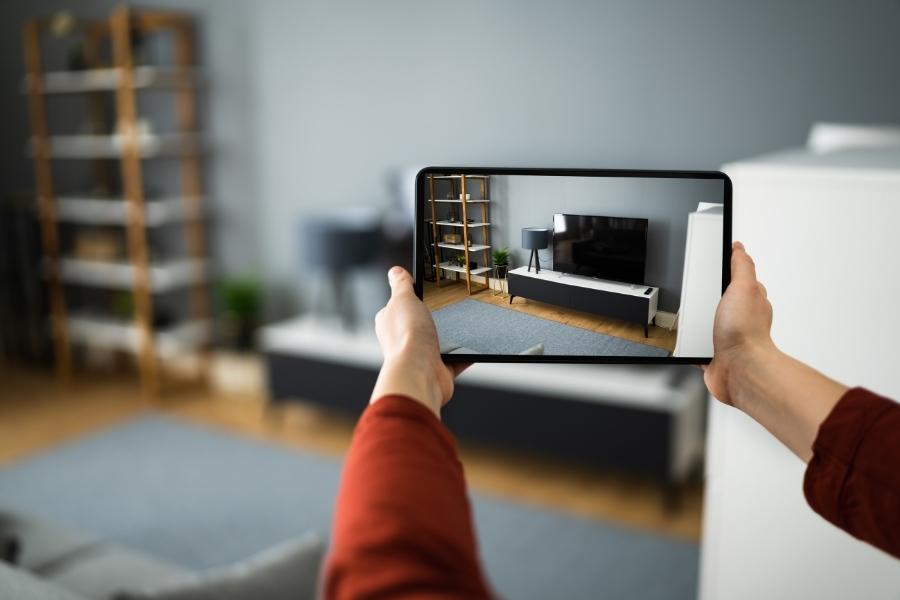
Follow up the virtual tour with an email to those who might not have been able to attend (and those who did) with a link to the video on your website. Finally, don’t forget to provide your contact information for potential buyers so they can reach out with additional questions, or better yet, offers.
Showing off your listing virtually can seem like an insurmountable task, especially if you are accustomed to doing things a certain way. But it’s important to learn to adapt in this increasingly digital age. After all, we don’t know how things will change or stay the same after the threat of COVID-19 has passed.
Now that you know how to host a virtual open house, you’re armed with another tool to help you succeed in the increasingly large digital side of real estate. Next, learn about how to improve digital curb appeal!

